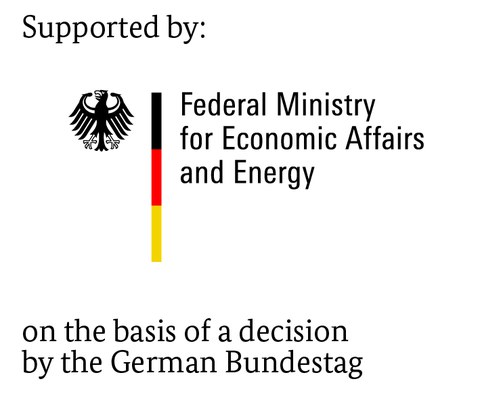Modelling of hydraulic deep drawing presses
Research Task/Objectives
Modern multi-point die cushions offer the possibility to individually control the force of
each cushion cylinder, and therefore, enable the operator to locally adjust the clamping
force on the blank. This offers the most economic way to manipulate the material flow
and produce error free parts. The current process to find the optimal force settings is a costly and time-consuming process that still keeps the full potential of modern multi-point die cushions unused. In order to identify optimal force settings for the die cushion, a virtual production environment was developed by coupling the machine and the process model. Due to the interactions between those two models, the analysis of the machine’s behavior and its influence on the process was possible.
Approach/Results
The research was conducted on an academic deep drawing press that is available at the
IFD. A machine model was developed, that includes the mechanical structure, hydraulic
system and control with special attention to modeling the die cushion. In addition an FE-model for the drawing process was developed and linked to the machine model with a tailor-made coupling algorithm. This overall system model allows simulations to be computed with the highest level of detail since the drawing press as well as the process and their occurring interactions are implemented. The determination of the optimal force settings was proven for sample parts with the experimental production of good quality parts.

Validation of simulation result (left) and improved system performance with optimized control (right)
The project “Simulation based parameterization of hydraulic die cushions” Ref.-No. AiF 17002BR was financed and supervised by the European Research association for Sheet Metal Working (EFB). In the scope of the program to promote Industrial Collective Research it was funded by the German Federation of Industrial Research Associations (AiF) with means of the Federal Ministry of Economic Affairs and Energy on the basis of a decision by the German Bundestag.

